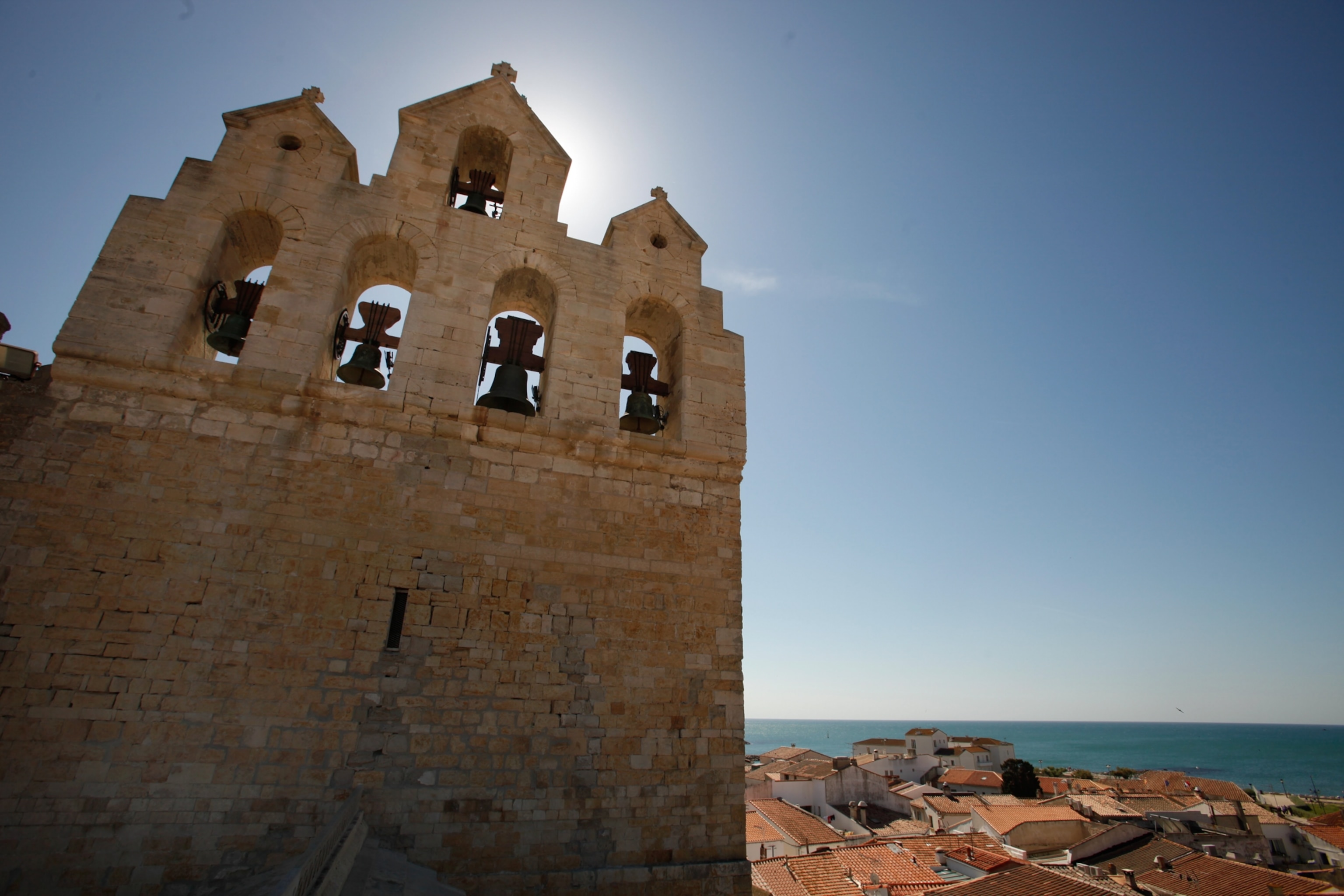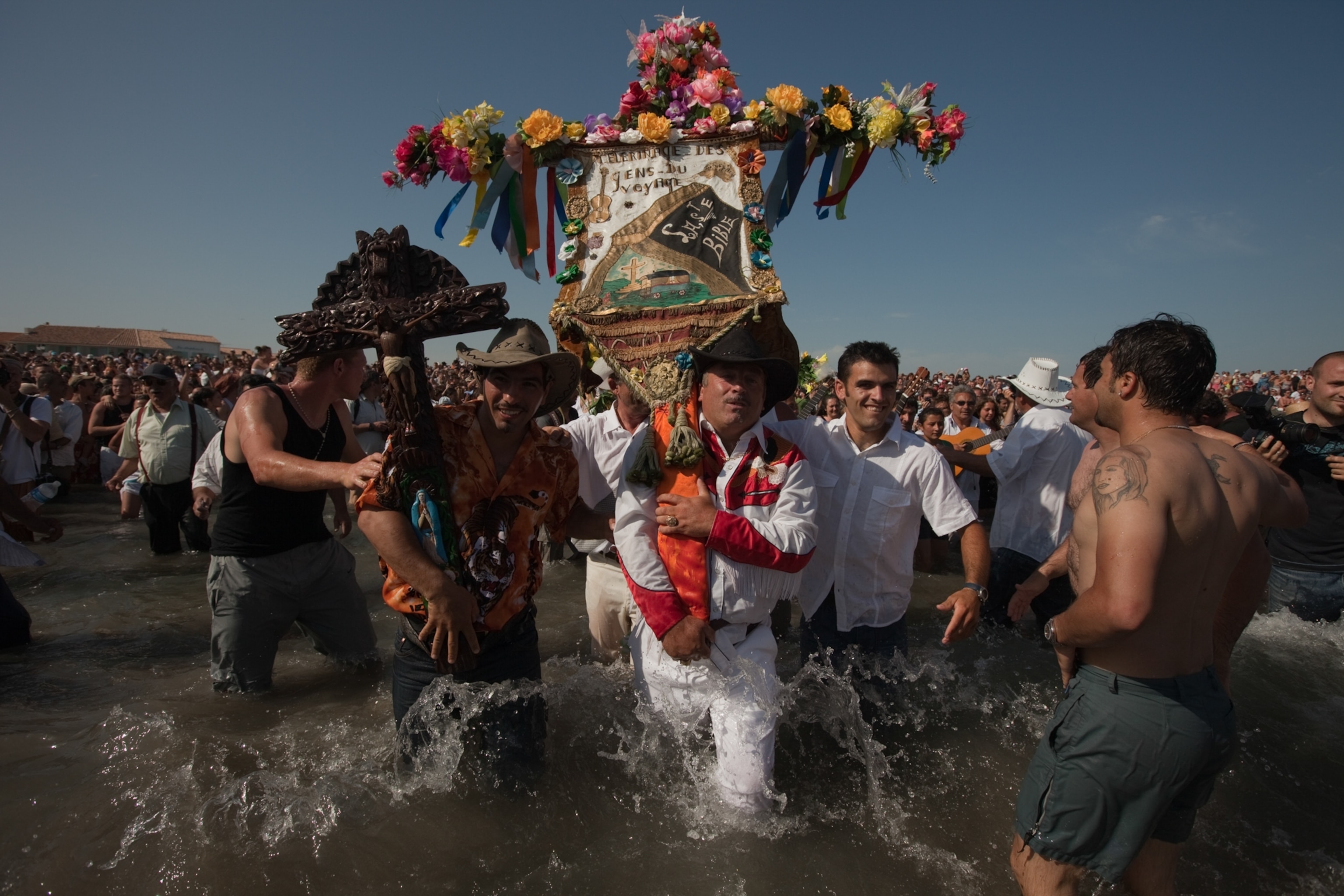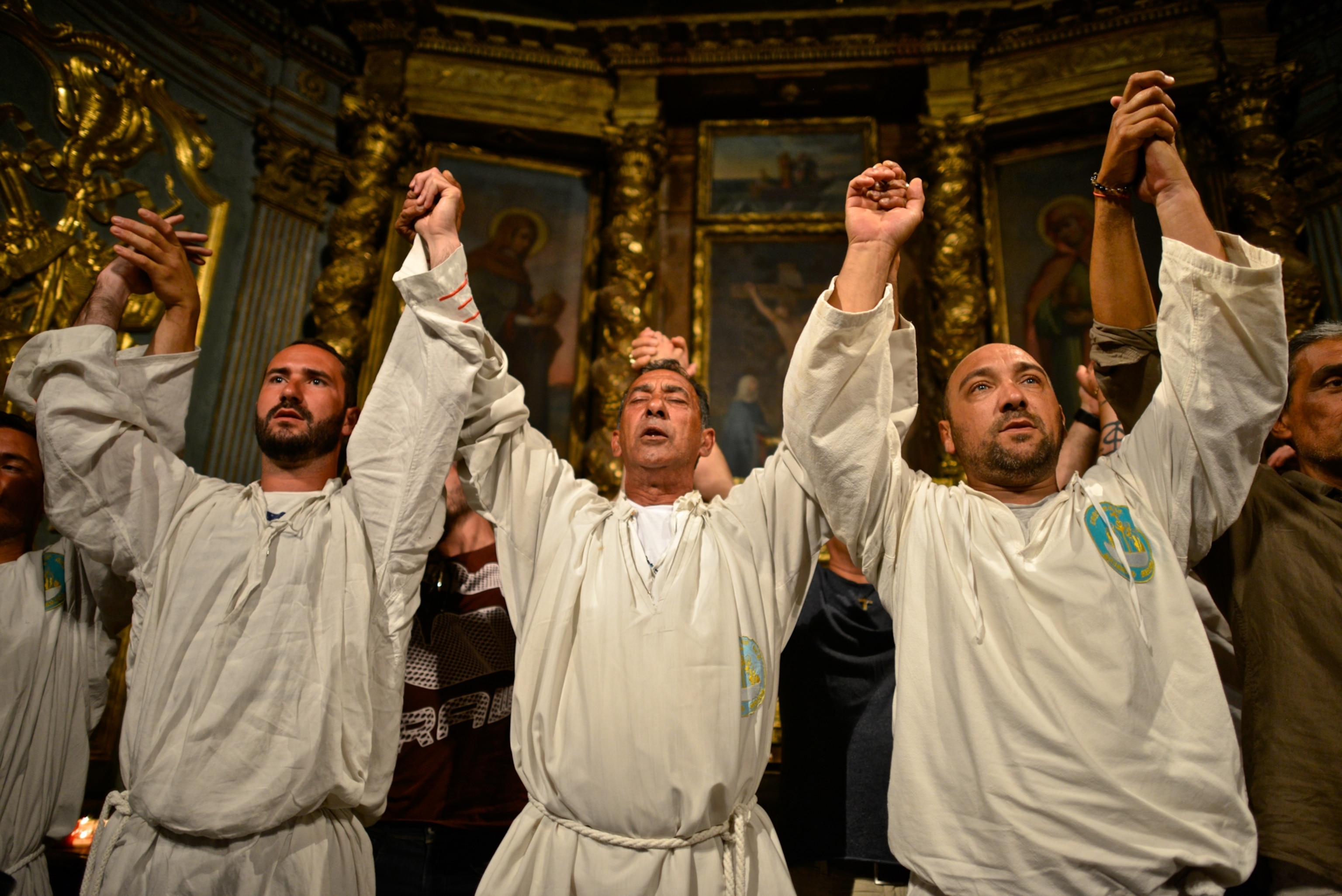
Meet Sara-la-Kali, the patron saint of displaced people
Is she Jesus’ secret daughter or a Hindu goddess? This enigmatic figure inspires thousands of pilgrimages in southern France
Enigmatic and unofficial, Saint Sara is many things to millions of people. To Christian theologians, she is “Black Sarah,” an Egyptian handmaiden to Mary Magdalene and other Christians fleeing to France after Jesus’s death. Fans of Dan Brown’s Da Vinci Code believe she was the secret daughter of Jesus, hidden from the patriarchy for her safety. For religious historians, this “Black Madonna” is a modern manifestation of the Hindu goddess Kali, a fierce warrior of creation and destruction.
Yet to the Roma who make pilgrimages to see her, she is Sara-la-Kali. Much of the world will recognize the Roma by the derogatory slur “gypsies,” a word that conjures up scenes of willfully eternal nomads, bewitching fortune tellers, and caravans that disappear with stolen goods.
Since leaving their war-torn home in India in the 11th century, the Roma were unwelcome migrants wherever they went. Over the next thousand years of violent persecution, their patron Saint Sara has provided hope and identity to the more than 12 million members of the Roma diaspora across the globe.


Every year in late May, Sara-la-Kali also gives the displaced Roma a fixed point on the map. More than 10 thousand Roma typically travel to Saintes-Maries-de-la-Mer, a small village surrounded by flamingo-filled marshes and pink salt flats in the Camargue region of France. Here, where it’s believed Sara came to shore with Christian refugees, her weeklong celebration culminates with a procession of a wooden statue of the saint into the Mediterranean.
“Sara is a blending of different traditions–Kali and the Black Madonnas,” says Malgorzata Oleszkiewicz-Peralba, a professor with the Department of Modern Languages and Literatures at the University of Texas at San Antonio and author of The Black Madonna in Latin America and Europe. “Everybody is finding in her what they need.”
From her crypt in France’s Camargue to galleries and theaters across Europe, here’s how to follow the path of the Roma and find Sara-la-Kali.


Refugees for centuries
While the Roma origin stories are as varied as Sara’s, scholars agree that they came from India. The Roma language, Romani, has multiple ties to Sanskrit. Roma have similar genetic profiles to ethnic groups from northwest India and what is now modern Pakistan, most significantly Punjabi, Meghawal, Gujarati, Bhil, Jain, Gond, Kharia, and Satnami groups. They also share many cultural norms such as the bhairava musical scale, a judicial panchayat tribunal, oiled pilivani wrestling–and submerging a holy goddess figure into the water.
(What does it mean to be a refugee?)
Believed to have fled India during the Ottoman invasions beginning in the 11th century, the Roma spread through the Middle East and then Europe over the following centuries. They were stereotyped as outsiders, infidels, and nomadic thieves and were violently targeted. Enslavement of the Roma was widespread throughout Europe and in many colonies. And discriminatory policies remain problematic across modern Europe.
Another tragically uniting event for the diverse Roma was the Holocaust, known in the Romani language as O Baro Porrajmos, “Great Devouring.” The Nazi party murdered over half of the Roma in occupied Europe.
Today the Roma are a global diaspora. Ian Hancock, professor and author of We Are the Romani People, estimates up to one-third of the millions of Roma live outside of Europe, including migration to North and South America and Australia after the fall of communism. Around one million Roma live in the United States.

A symbol of hope for the oppressed
Worship of Sara-la-Kali is both ancient and modern. She is immersed in the water just as the Hindu goddess Durga is every year in India. Yet she looks like a Christian Madonna and graces pop art. Oleszkiewicz-Peralba sees these motherly feminine figures worldwide. In her womb-like crypt, Sara shares traits with other Black Madonnas and dark, feminine divinities in Latin America, the Caribbean, Africa, and Eastern Europe that capture people’s hearts.
(Discover the mystery behind Saint Valentine’s bones.)
Unrecognized by Catholicism and worshiped by displaced people, Saint Sara has no other physical space of worship and is tolerated in the church in France because of her popularity. Yet Anna Mirga-Kruszelnicka, deputy director of the European Roma Institute for Arts and Culture (ERIAC), agrees that Sara is a Romani symbol revered beyond traditional Catholic worship.

“Sara is a powerful woman, a symbol of femininity and fertility, and a protector who is really taking care of the most oppressed, the marginalized, those who are at the periphery,” says Mirga-Kruszelnicka. “She is the archetype of a Roma woman.”
Sara-la-Kali’s symbolism in Romani activism and feminism shows in the arts. Mihaela Dragan’s Romani feminist Guivlipen Theater Company in Bucharest, Romania, and Simonida Selimovic’s “Bibi Sara Kali” performance in Vienna, Austria, both take inspiration from Sara. One of Finnish-Roma artist Kiba Lumberg’s most famous works is “Black Saara,” depicting Sara as a modern Romani woman embracing the world.
The patron saint’s presence can also be felt at Barvalo, the blockbuster exhibition at Marseille’s Museum of European and Mediterranean Civilizations. The Roma-led cultural exhibition runs through September 4th, and has thousands of daily visitors.
“We want the Roma culture to be discovered, to be seen, and especially to be respected,” says Mirga-Kruszelnicka

How to experience Sara-la-Kali
The heat from the offertory candle walls envelopes Sara-la-Kali’s crypt entrance in Saintes-Maries-de-la-Mer. A wooden statue of Sara stands, covered to her lips with layers of vibrant gowns brought to it by this year’s faithful. Romani worshipers pat her cheeks and heart, kissing her face and touching her feet and legs as they murmur private prayers and beam for pictures with her.
“This is very personal here [in the crypt], an intimate connection with the saint,” says Oleszkiewicz-Peralba.
The first mention of the Roma here was in 1438, although this Romani processional started in 1935. Though a trio of displaced Christian saints named Marie gave the seaside town its name, Saint Sara’s legend and image remains popular/prevalent.
Campers fill the arid lots around this white-washed town a week before. People from around the world join the Roma on May 24th for the last of the pilgrimage. As Saint Sara is carried into the water by the Camargue’s cowboys on traditional white horses, the crowd follows her into the waves singing and laughing.
(Here’s how to plan your pilgrimage to Montenegro‘s sacred spaces.)
“There are very few occasions like this in the world where Roma from all over come to celebrate, feel proud, and feel powerful and in control,” says Mirga-Kruszelnicka. “Here we are the protagonists.”







